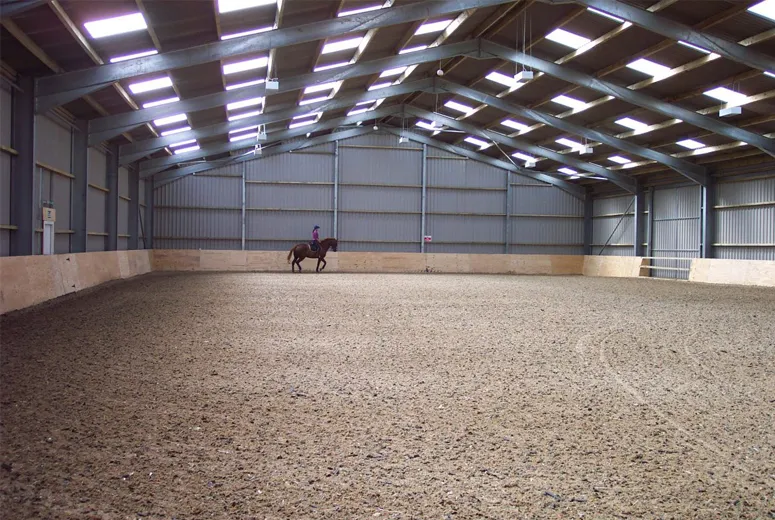- Afrikaans
- Albanian
- Amharic
- Arabic
- Armenian
- Azerbaijani
- Basque
- Belarusian
- Bengali
- Bosnian
- Bulgarian
- Catalan
- Cebuano
- Corsican
- Croatian
- Czech
- Danish
- Dutch
- English
- Esperanto
- Estonian
- Finnish
- French
- Frisian
- Galician
- Georgian
- German
- Greek
- Gujarati
- Haitian Creole
- hausa
- hawaiian
- Hebrew
- Hindi
- Miao
- Hungarian
- Icelandic
- igbo
- Indonesian
- irish
- Italian
- Japanese
- Javanese
- Kannada
- kazakh
- Khmer
- Rwandese
- Korean
- Kurdish
- Kyrgyz
- Lao
- Latin
- Latvian
- Lithuanian
- Luxembourgish
- Macedonian
- Malgashi
- Malay
- Malayalam
- Maltese
- Maori
- Marathi
- Mongolian
- Myanmar
- Nepali
- Norwegian
- Norwegian
- Occitan
- Pashto
- Persian
- Polish
- Portuguese
- Punjabi
- Romanian
- Russian
- Samoan
- Scottish Gaelic
- Serbian
- Sesotho
- Shona
- Sindhi
- Sinhala
- Slovak
- Slovenian
- Somali
- Spanish
- Sundanese
- Swahili
- Swedish
- Tagalog
- Tajik
- Tamil
- Tatar
- Telugu
- Thai
- Turkish
- Turkmen
- Ukrainian
- Urdu
- Uighur
- Uzbek
- Vietnamese
- Welsh
- Bantu
- Yiddish
- Yoruba
- Zulu
Nov . 29, 2024 11:50 Back to list
Steel Manufacturing and Warehousing A Comprehensive Overview
Steel manufacturing is a critical industry that plays a pivotal role in global economic development. From skyscrapers and bridges to automobiles and machinery, steel serves as the backbone of infrastructure and technology. This article delves into the process of steel manufacturing, the role of warehousing in the supply chain, and the ongoing advancements that shape these sectors.
The Steel Manufacturing Process
The journey of steel begins with the extraction of iron ore, which is then transformed into steel through a series of processes. The primary methods of steel production are the blast furnace (BF) method and the electric arc furnace (EAF) method.
1. Blast Furnace Method This traditional method involves smelting iron ore in a blast furnace where iron oxide is reduced to liquid iron. The addition of coke and limestone facilitates the removal of impurities. The liquid iron produced is then further refined to create different grades of steel.
2. Electric Arc Furnace Method The EAF method, on the other hand, relies on recycled scrap steel as its primary raw material. This environmentally friendly approach uses electricity to melt the scrap, with minimal carbon emissions compared to traditional methods. The flexibility of EAFs in producing small batches of specialized steel grades positions them as a mainstay in modern steel production.
The refining process involves alloying the molten iron with various elements, such as carbon, manganese, and nickel, depending on the desired properties of the final steel product. After refining, the steel is cast into various forms, including slabs, billets, and blooms, which will be further processed into finished products.
The Role of Warehousing
With the complex manufacturing processes completed, the focus shifts to warehousing, a crucial component of the steel supply chain. Warehousing in steel manufacturing serves several vital functions
steel manufacturing and warehouse

1. Storage and Inventory Management Steel products, once manufactured, require substantial storage space until they are dispatched to customers or further processed. Warehousing enables manufacturers to manage inventory effectively, ensuring they can meet demand without overproducing.
2. Distribution Center Warehouses act as distribution hubs where large quantities of steel products can be stored and rapidly dispatched to various locations as needed. This capability is essential for meeting the diverse needs of industries ranging from construction to automotive.
3. Quality Control Warehouses also play a critical role in quality assurance. Before dispatch, steel products undergo inspections and testing to ensure they meet necessary standards and specifications. This process helps prevent defects and ensures that customers receive high-quality materials.
4. Customization and Processing Many warehouses are equipped to provide additional services such as cutting, bending, or coating steel products according to customer specifications. This value-added service enhances customer satisfaction and broadens the market for steel manufacturers.
Advances in Technology
The steel manufacturing and warehousing sectors are experiencing significant technological advancements. Automation and robotics are increasingly being integrated into manufacturing processes, improving efficiency and reducing labor costs. Industry 4.0 technologies, such as IoT (Internet of Things) and AI (Artificial Intelligence), are transforming data management, predictive maintenance, and inventory tracking.
In warehousing, smart storage systems and automated order fulfillment processes are revolutionizing how steel products are stored and distributed. These technologies minimize errors, enhance speed, and improve overall supply chain efficiency.
Conclusion
To sum up, steel manufacturing and warehousing are interconnected domains that play a crucial role in supporting modern infrastructure and industrial activities. As the world moves towards sustainable practices, the steel industry is poised for transformation through innovation and technology. By embracing advancements, both manufacturers and warehouse operators can enhance productivity, ensure quality, and meet the challenges of a growing global economy. The future of steel looks bright, promising continued evolution and resilience in the face of changing demands.
-
How Do Prefabricated Steel Structures Transform Modern Construction?
NewsJul.14,2025
-
How Do Prefabricated Metal Buildings Redefine Modern Construction?
NewsJul.14,2025
-
How Do Prefab Insulated Metal Buildings and Steel Structures Revolutionize Modern Construction?
NewsJul.14,2025
-
How Do Pre - Engineered Steel Structures Redefine Modern Construction?
NewsJul.14,2025
-
Advancing Modular Construction with Prefabricated Metal Structures
NewsJul.14,2025
-
Advancing Industrial Infrastructure with Prefabricated Steel Solutions
NewsJul.14,2025
Products categories
Our Latest News
We have a professional design team and an excellent production and construction team.












